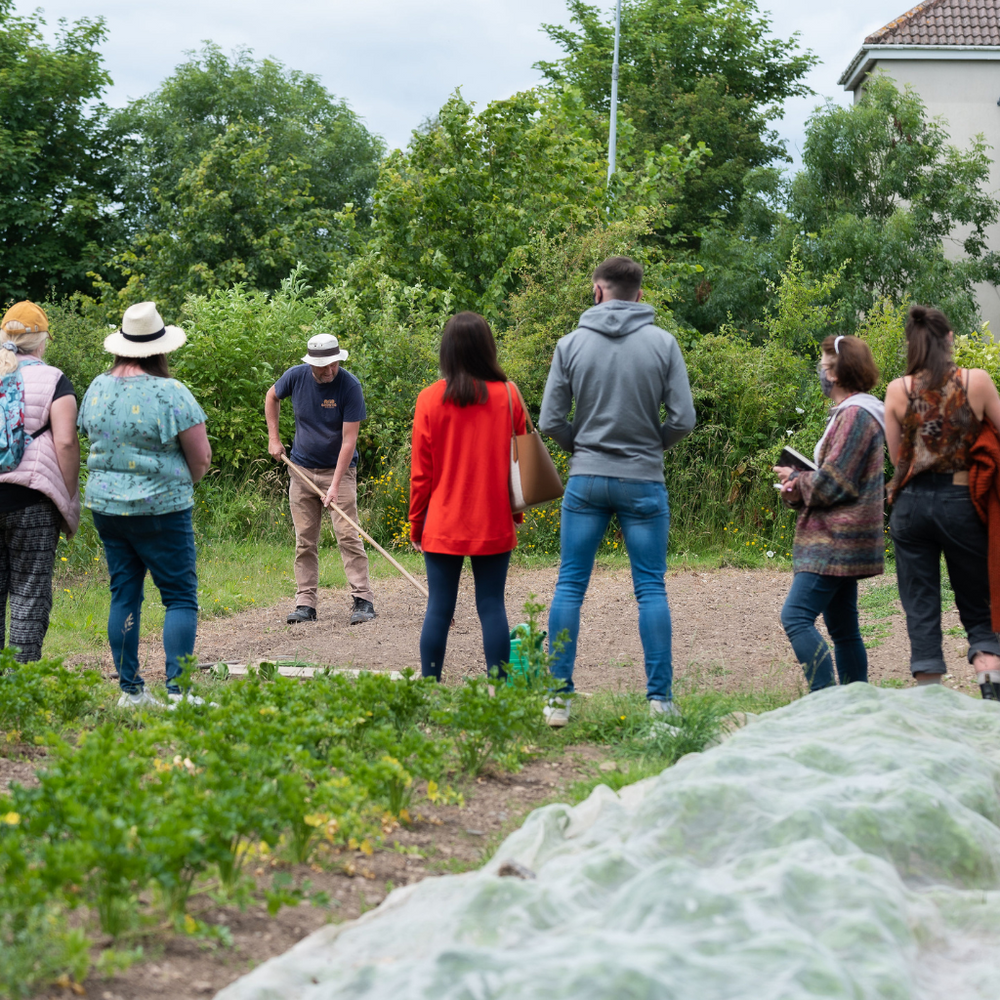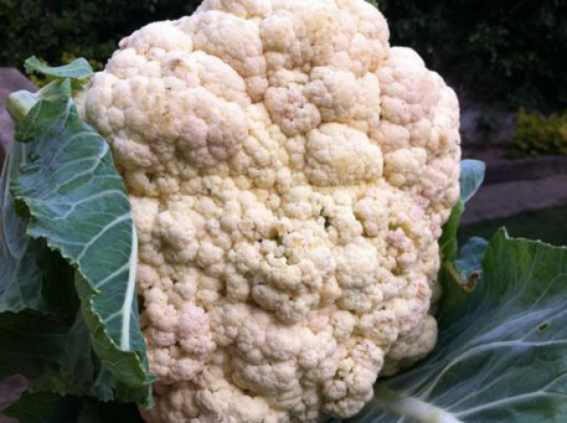
Courses
Learn to grown, cook and eat some of your own food with our courses held at GROW HQ.

Cauliflower
Veg Type:
Brassica
Growing Location:
Indoors and Outdoors
Why Grow It
In recent times, cauliflower has become a popular and healthy substitute for several foods. This versatile veg has been used to create everything, from rice to pizza to even cauliflower bagels. While it’s not the easiest veg to grow, it is definitely worth the challenge, especially as you can grow green and purple varieties that you won’t usually find in your local supermarket.
Sowing
- Dig in some well-rotted manure or apply a general fertiliser a week before sowing.
- Do not grow cauliflower anywhere that you have grown any member of the cabbage family the previous year (cabbage, broccoli, cauliflower, Brussels sprouts, kohlrabi, collards and kale). The best way to manage all these veg is to create a crop rotation scheme prior to growing.
- Cauliflower varieties have been bred that mature at different times of the year. If you live in a mild coastal area you could grow cauliflower throughout the year, if you grew a range of varieties. The most straightforward types to grow are the summer and autumn varieties.
- Sow seeds in module trays in March and April, 1.5cm deep.
Growing
- Transplant when they are around 12-15cm high. Space plants at 60cm apart both ways.
- Keep plants free of weeds and water if the soil dries out.
- You can protect young, developing curds (cauliflower heads) from sun and frost damage by folding some of the surrounding leaves over the curd.
Harvesting
- Harvest while curds are white, green or purple (depending on your chosen variety), packed firm and tight.
- Cut the head from the stem with a sharp knife.
TIPS
- If you are space constrained, you can sow cauliflowers as close together as 15cm – you will get lots of mini curds about 7cm in diameter.
- Cauliflowers will freeze quite well – this is a legitimate method of storage if you have a good crop that you can’t eat all at once.
Problems
- Cauliflower, like all of the cabbage (brassica) family, has a wide range of pests and diseases.
- If you don’t want to spray with poisonous chemicals the following should keep them healthy.
- Make sure the ground is clear and slug free when transplanting – use a less toxic slug killer like iron phosphate if slugs seem to be a problem.
- Use an insect mesh net to keep out cabbage fly, butterflies, aphids and pigeons.


Our food system is broken and at GIY we believe that nurturing a real connection to where our food comes from is the key to fixing it.
We're on a mission to inspire a global movement of food growers, one GIYer at a time.
Sign up to be the first to hear about all things GIY.
GIY is a social enterprise consisting of two companies: GIY Ireland CLG (Company No 477525) and GIY Ireland Activities Ltd (Company No 490550), both registered at GROW HQ, Farronshoneen, Dunmore Road, Waterford, Ireland and have the following directors: Eamonn Clarke, Carol Montgomery, Aoibheann O'Brien, Tom Popple (UK), Elias Darwish, Marie Oldham, Nevan Redmond, Laura Smith© GIY Ireland Ltd 2025

